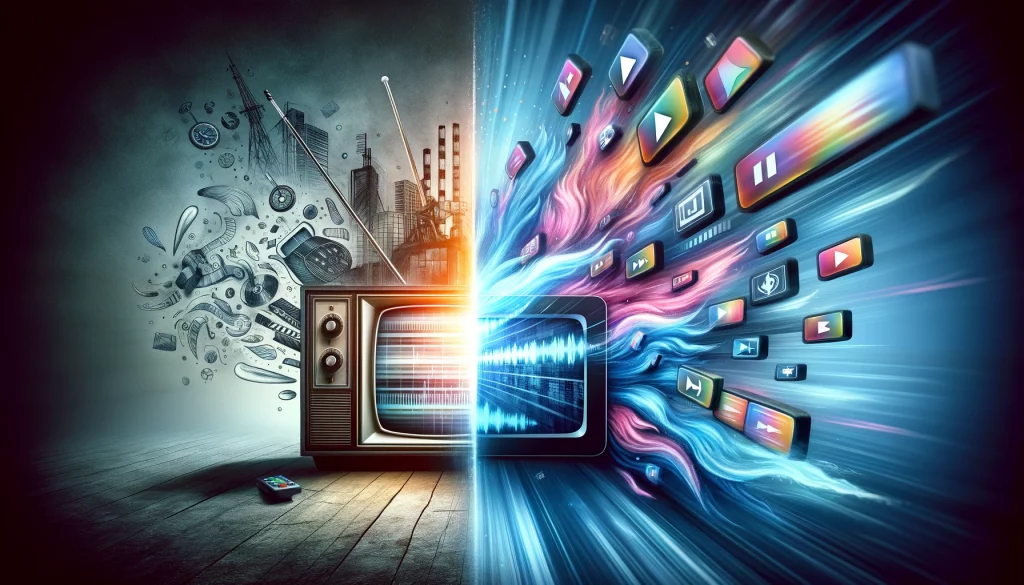The End of Linear TV

Introduction: The Evolution of Television Viewing Television has been a cornerstone of entertainment and information for decades. However, the way we consume television content has undergone a seismic shift. Gone are the days when families would schedule their evenings around their favorite TV shows. This change has been driven by the advent of digital technology […]

